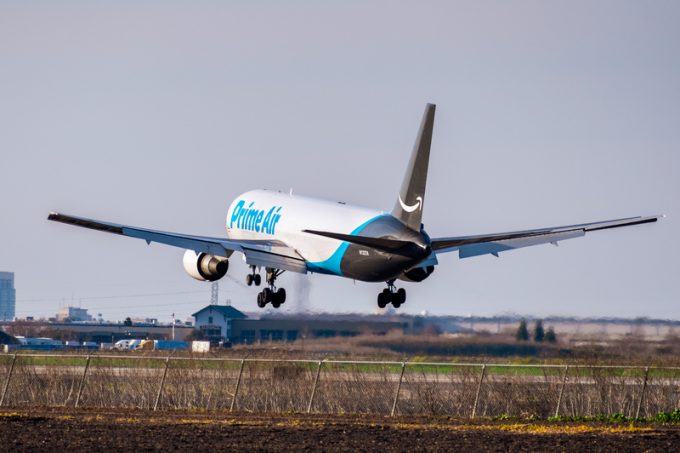Constant changes to FedEx surcharges tests B2C shippers' patience
In a move unlikely to endear itself to customers, FedEx has tweaked its surcharges yet ...

The freighter fleet of Amazon Air could swell to 200 in the next seven to eight years, according to a study by the Chaddick Institute for Metropolitan Development at DePaul University, Chicago.
This prediction doubles an estimate by Morgan Stanley a year ago, and Joseph Schwieterman, the ...

Comment on this article